In zip code 11231 – which encompasses Red Hook, Carroll Gardens, most of the Columbia Street Waterfront District, southern Cobble Hill, and eastern Gowanus – the rate of verified COVID-19 infections is seven per 1,000 residents, roughly half that of New York City on the whole, according to data from the New York State Department of Health.
The low-income tenants of NYCHA’s Red Hook Houses, 98.6 percent of them nonwhite, are outliers within an otherwise largely affluent section of Brooklyn, though they compose the majority of Red Hook residents. The New York City Department of Health and Mental Hygiene has revealed that Hispanic and black New Yorkers tend to come into contact with the coronavirus more frequently than their white and Asian counterparts. In the five boroughs, 34 percent of coronavirus patients are Hispanic, and 28 percent are black, though these ethnicities make up only 29 percent and 22 percent of the total population, respectively.
NYCHA at risk
No one knows the number of COVID-19 cases inside the Red Hook Houses. NYCHA hasn’t sought to keep a count of how many of its tenants have tested positive, entered hospital care, or died during the pandemic. But troubling anecdotal evidence has begun to pile up – Politico, for instance, reported on 10 deaths in April in Brownsville’s Van Dyke Houses – and NYCHA has come under fire in the press for its coronavirus protocols, including its failure, until April 7, to provide personal protective equipment to workers who perform in-home repairs.
Due likely to mold inside their buildings and air pollution in their neighborhoods, NYCHA tenants suffer from disproportionately high asthma rates, which make them more vulnerable than others to the coronavirus. On average, they’re also older than other New York City residents, with 21.2 percent of them over the age of 62.
Even so, the courtyards of the Red Hook Houses, NYCHA’s largest complex in Brooklyn, haven’t turned into apocalyptic scenes of carnage. “I really and truly don’t see too many ambulances out here, and I’m outside every day,” said Red Hook Houses West Tenants Association president Lillie Marshall.
“Mostly, as I look out the window at people, they’re really complying with wearing the mask and gloves,” Bea Byrd, the local tenant leader whose presidency preceded Marshall’s, added. “I’m happy to see that. We’re all coping as best we can.”
None of Marshall’s or Byrd’s close friends in the development had fallen ill when they spoke to the Star-Revue. In April, Frances Brown, the president of the Red Hook Houses East Tenants Association, was mourning two family members who had passed away elsewhere, but her immediate network in Red Hook had remained healthy.
Brown, however, lamented the local impact of the coronavirus-induced economic shutdown. “A lot of people are suffering. Bills haven’t stopped coming because of this.”
Marshall praised charitable initiatives in the area for setting up food banks and food deliveries. “They have Red Hook pretty well covered, I guess.”
New York State residents have filed 1.4 million unemployment insurance claims since the start of the pandemic. “How many [in Red Hook] are working or not working, I can’t say, because I don’t know,” Marshall acknowledged. “But the people that normally go to work, I see them get on the bus or walking from the subway or whatever.”
Weak disinfectant
Marshall had some harsh words for the temporary cleaners hired by NYCHA. “They have a bunch of little young kids running around with a rag in their hand and a spray can. They’re cleaning the doorknobs and wiping down the incinerator and take that same rag and wipe down the railing that you walk down the steps with. I don’t consider that cleaning, but it is what it is.”
In late March and early April, NYCHA finalized two contracts – worth $30 million and $38 million – with third-party janitorial services, EastCo and Alliance Maintenance, to supplement NYCHA staff for the duration of the crisis. NYCHA scheduled them to sanitize senior housing five times a week and other buildings – like the Red Hook Houses, where Alliance handles the duties – three times a week.
In a letter to residents in March, NYCHA chair Gregory Russ and general manager Vito Mustaciuolo described “a two-step process that includes deep cleaning and a bio/eco-friendly protective coating that kills germs before they attach to the surface and typically lasts for 90 days. As a precautionary measure, we will have the vendor conduct this process on a 30-day cycle.”
Karen Blondel, a community organizer in the Red Hook Houses West, tells a different story. “The first thing they did was they came into the hallway about eight together: they’re not even social distancing,” she said. “They came with a bottle of something that smells like nothing – it smells like water.”
She continued, “They should be listening to the residents. If a resident points out a high-touch area, that’s a high-touch area. A way you can tell it’s a high-touch area is that the paint is gone. But they ignore those areas and come wipe my damn door.”
According to Blondel, NYCHA worries more about revenue than about public health: by her observation, the only flyers posted in the Red Hook Houses during the pandemic inform residents (in five languages) of “the five ways you can pay rent.” With the help of two friends, Blondel took it upon herself to design COVID-19 flyers, which, among other precautions, warn residents not to spit, which she said has been a problem in public spaces.
Still, Blondel believes that the crisis hasn’t hit the relatively uncrowded, isolated peninsula of Red Hook as hard as other parts of the city. “Our numbers are just a little lower probably because we don’t have the same density,” she speculated. “Six stories is not that bad. We still have some open space. We can still go to the park with six-feet distancing to walk the dog. In areas where it’s more concentrated, they can’t do that. I think it’s because we’re cut off.”
Since Hurricane Sandy in 2012, activists like Blondel have worked to ready the neighborhood for the next calamity, but doubtless few predicted that it would look like COVID-19. “This is something we have to learn to prepare for,” Blondel advised. “Our emergency preparedness should now include a thermometer, a face mask, some gloves.”
Byrd also recalled past disasters. “I love the people here,” she said, “and when we’ve had catastrophes here before, we all come together and we try to weather the storm. I wish the best for all of our community, all over Red Hook. That’s my prayer.”

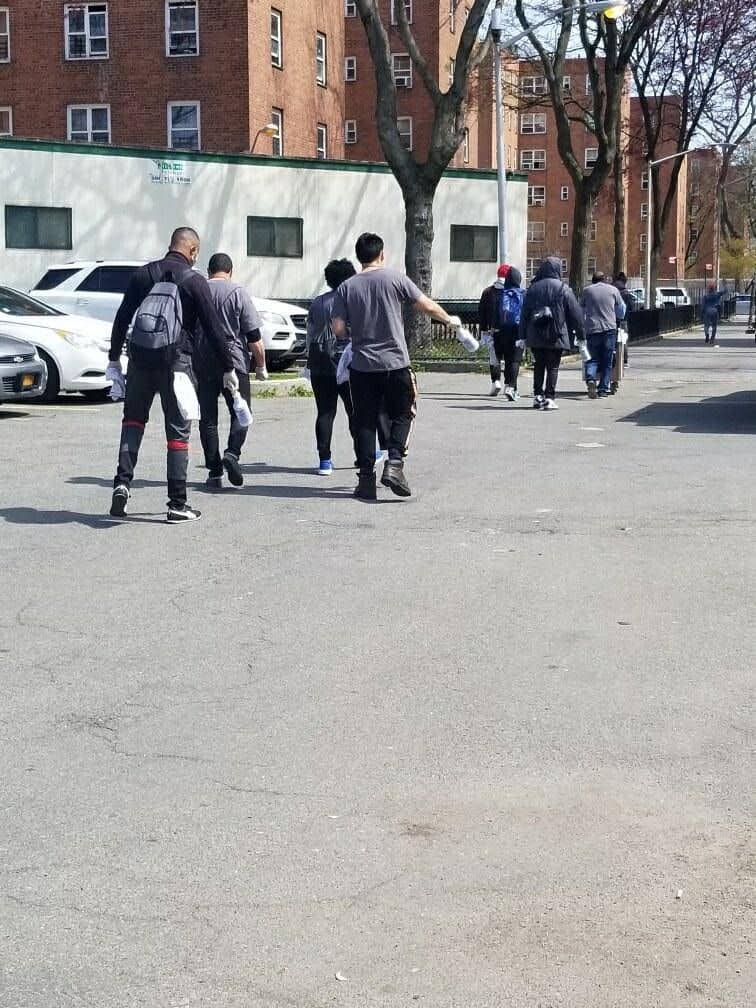

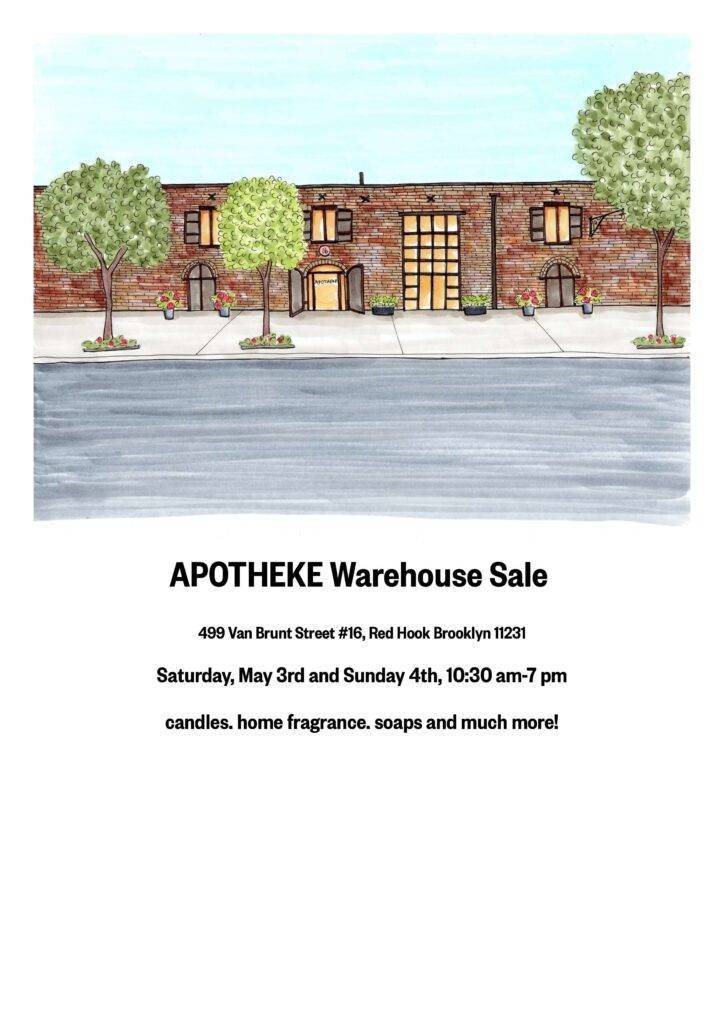


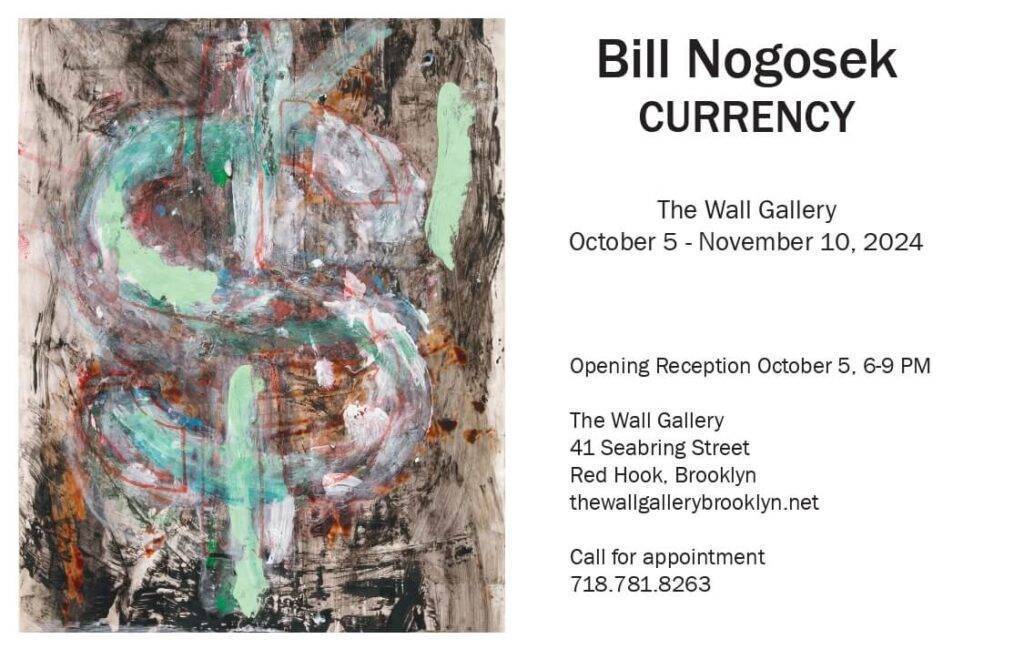
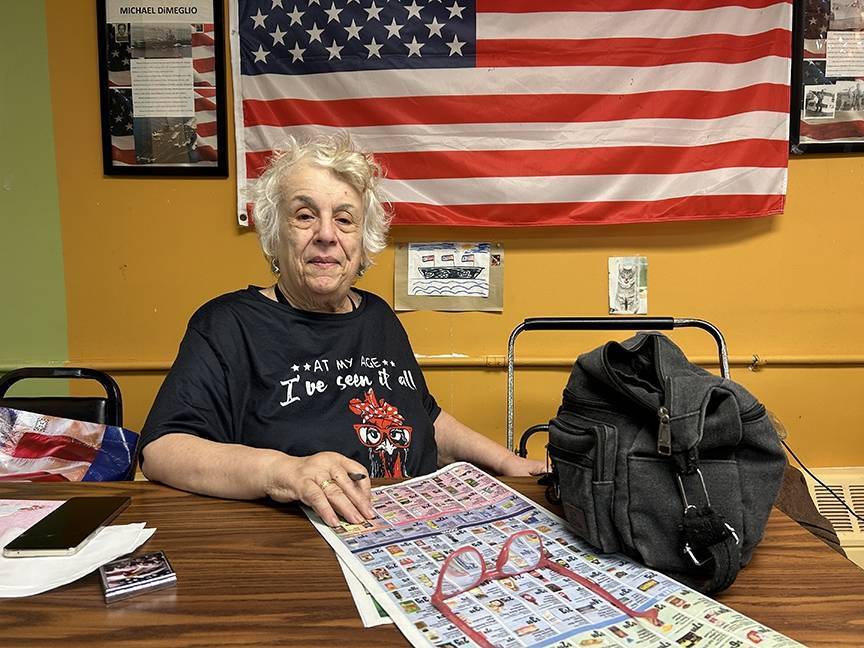

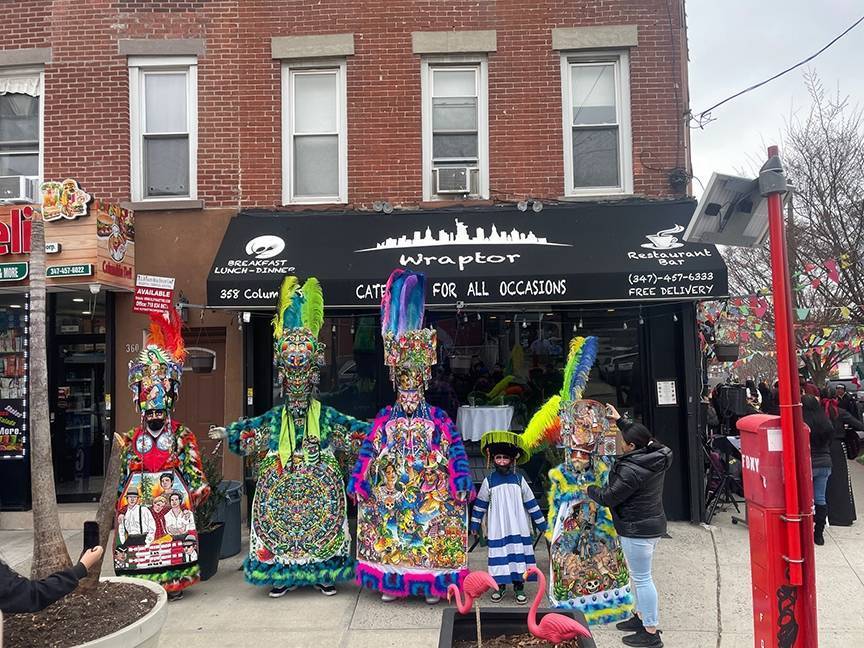
One Comment
I live in red6and i hav6seen any food given out its dirty i would like to know where i can get food and help with my rent